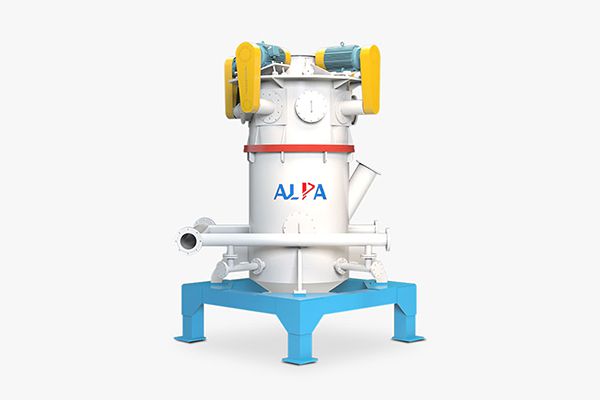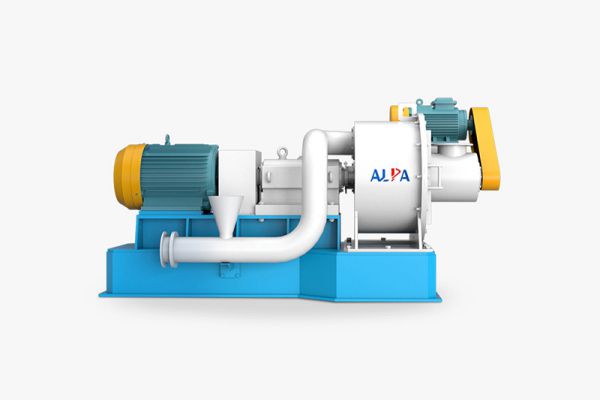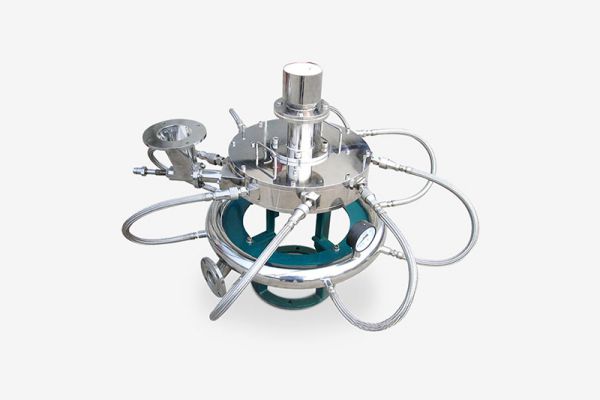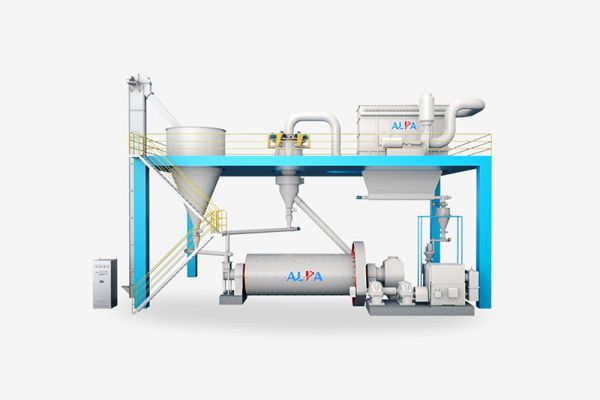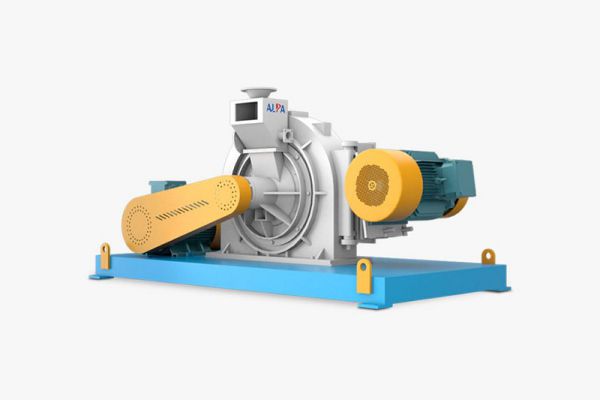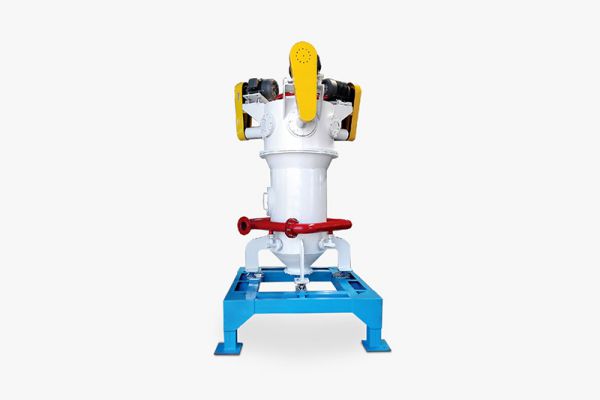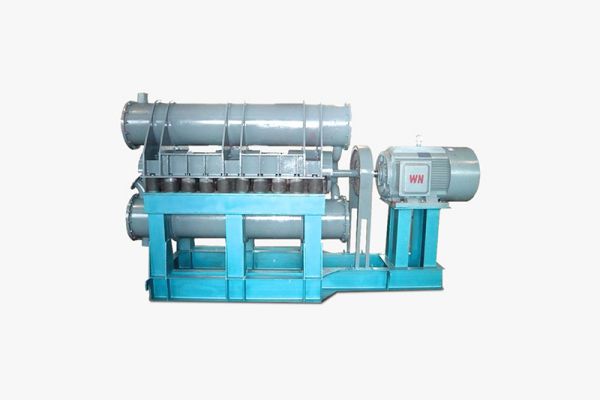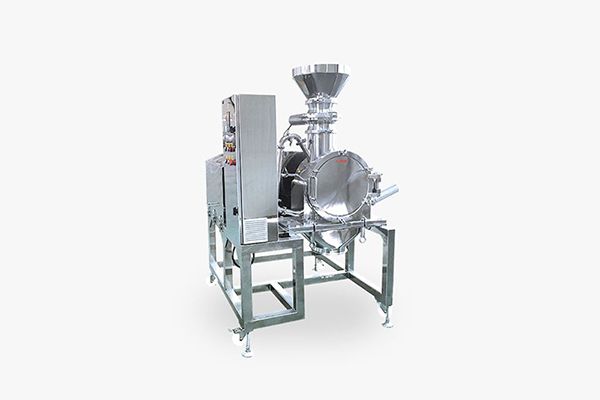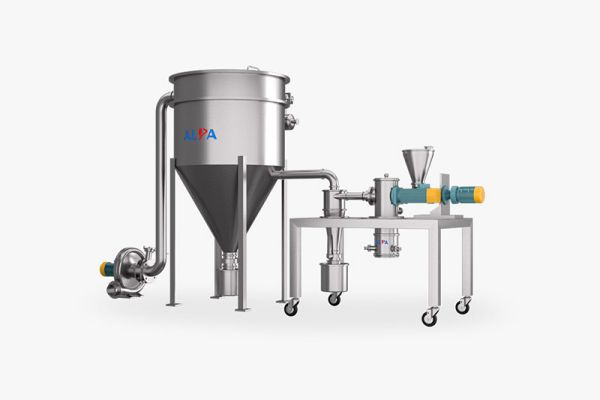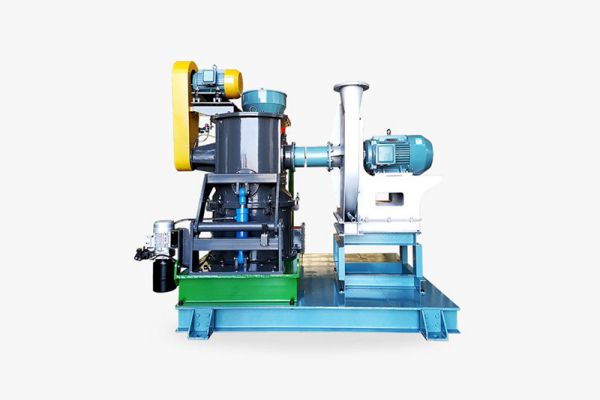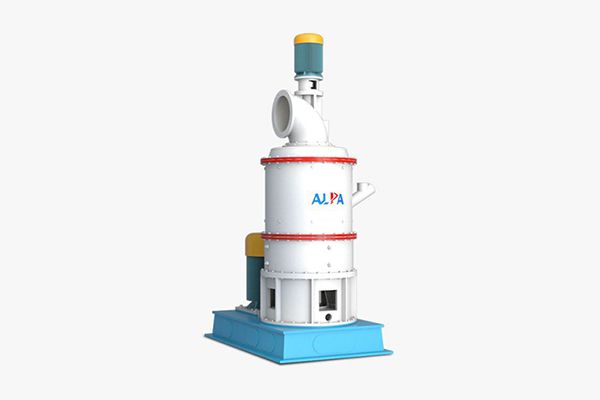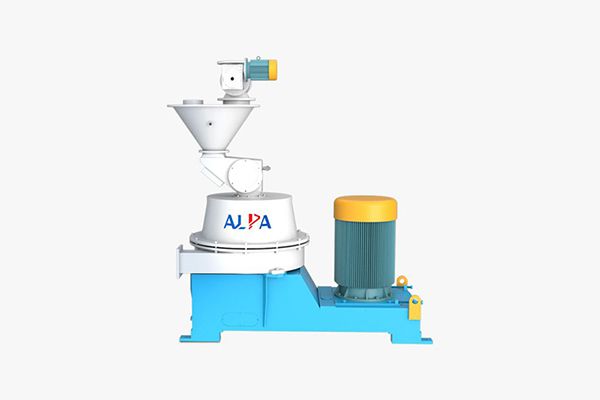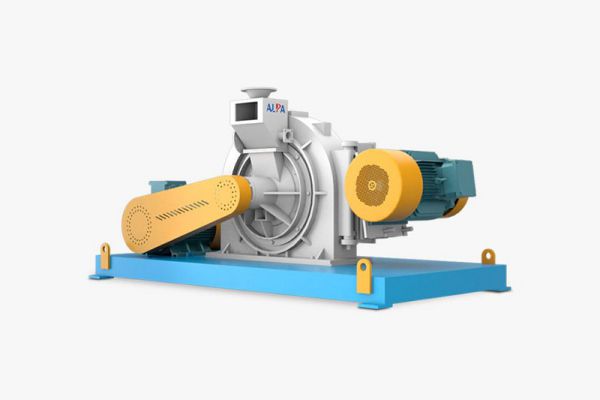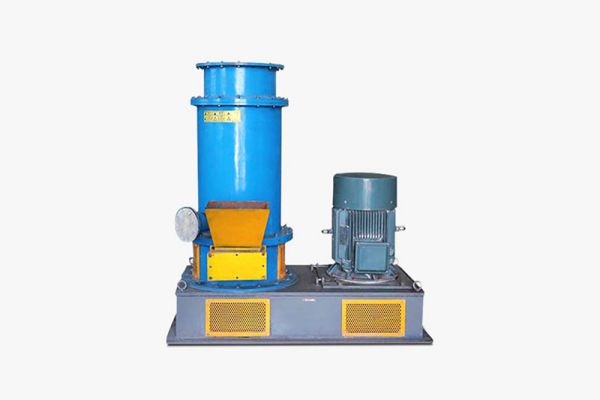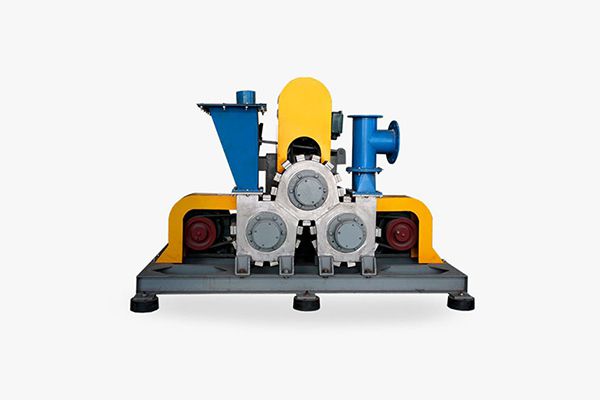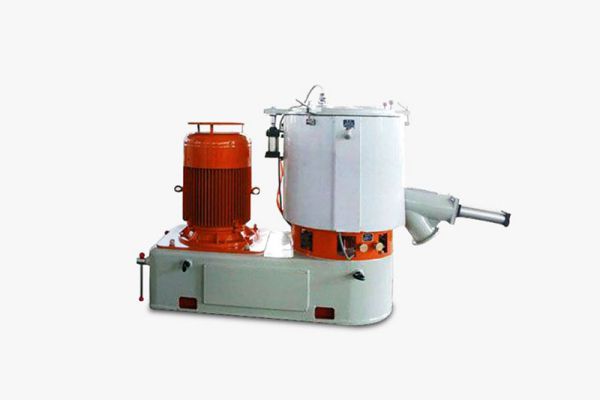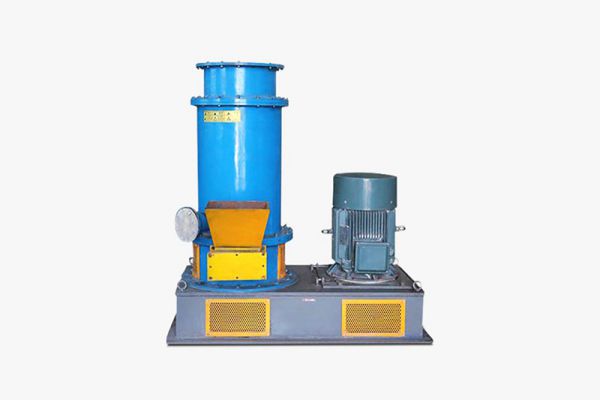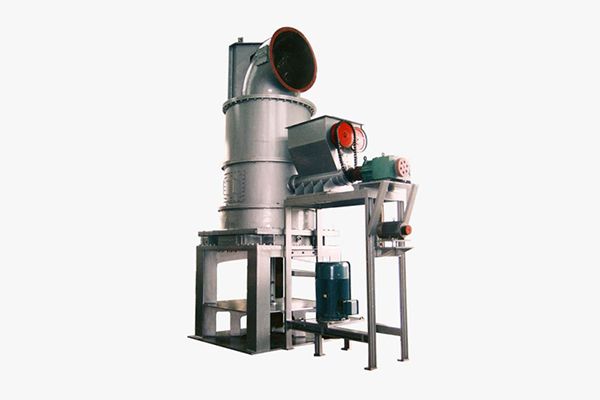Grinding is necessary for daily products including breakfast cereals, cold medicine, paint and cement. This step is essential for getting these products to the market in the right way.
Dry grinding offers several advantages over wet grinding
Dry grinding and wet grinding are the two most common and effective grinding methods
In dry grinding machines, the material usually makes contact and collides with other particles or the rotor in a confined area until it is reduced to the desired size. Dry milling can reduce particles to micron-level dimensions; However, wet milling is the only way to achieve nanometer sizes.
Classification and separation involve the sorting of particles according to their size. This is done by subjecting them to centrifugal force, gravity, inertial force and other forces in a medium such as air. Different motion trajectories are generated so as to realize the separation of particles with different diameters.
-
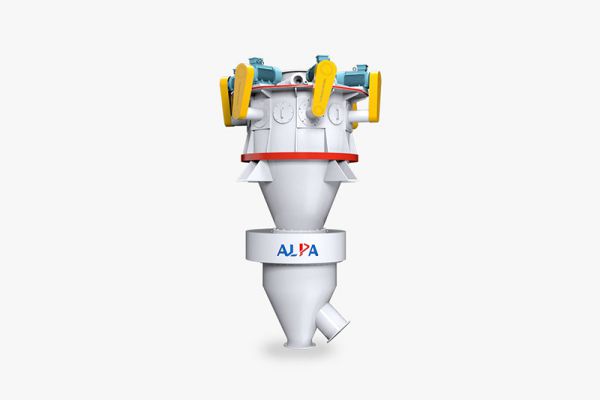
- Air Classifier The material enters the classifier through a feed inlet at its lower end and is then propelled upwards by suction from a fan. As it passes through the classifier, it is subjected to strong centrifugal forces generated by a rapidly rotating turbine. Qualified fine powders pass through blade on the classifier into a cyclone separators or dust collector for collection. View More
Powder surface modification is vitally important as it can increase the performance of powder and broaden its practical and application use.
Non-metallic fillers such as calcium carbonate, kaolinite, talc, quartz, wollastonite, asbestos, magnesium hydroxide and aluminum hydroxide are frequently utilized within the polymer, rubber and adhesive industries. However, for maximal effectiveness, their surfaces must be altered to increase their compatibility with the matrix, as well as to boost their dispersibility and mechanical strength and to generally enhance the performance of the material.
Dry grinding demands moisture of the material to be no more than 4%. Otherwise, it must be dried adequately before grinding or modifying can take place.
The usage of powder products used in food, medicine, fertilizer, pesticide and other industries is sometimes hindered by the caking during transportation and storage. In order to make full use of these products, dispersing is necessary before grinding or any other type of modification.

